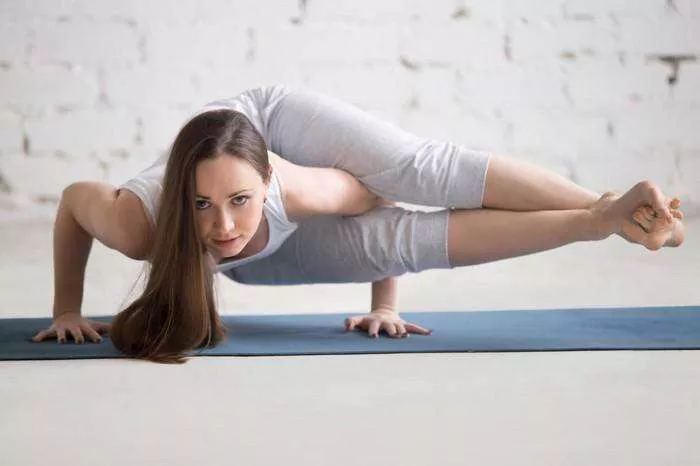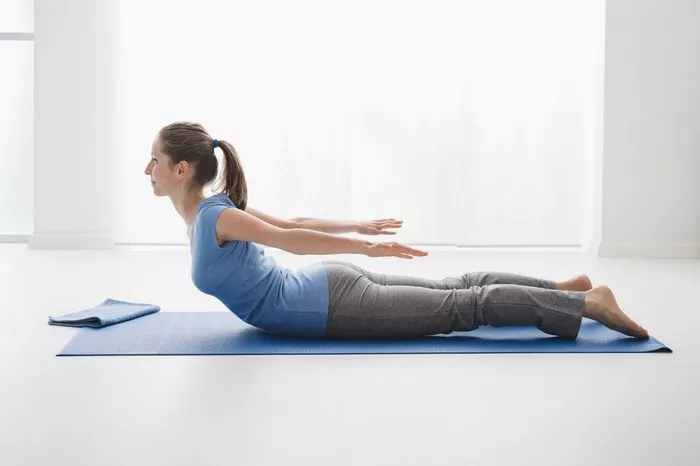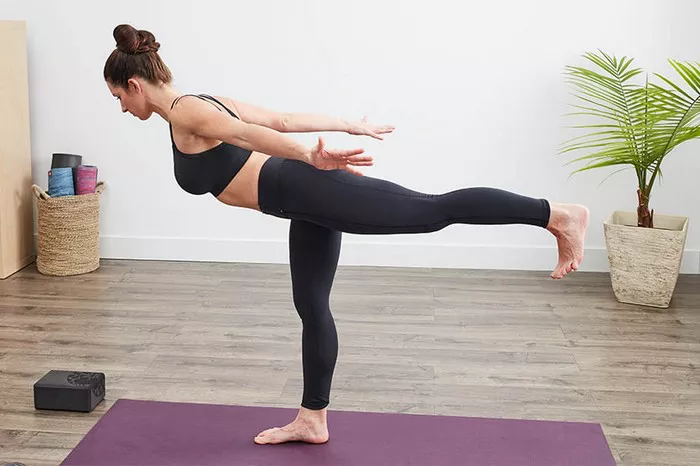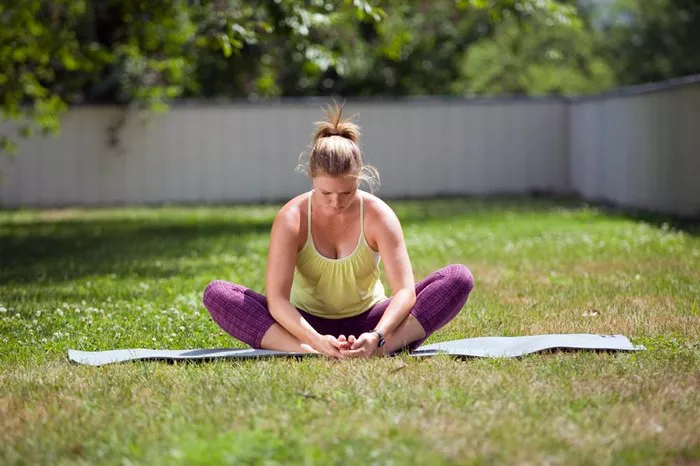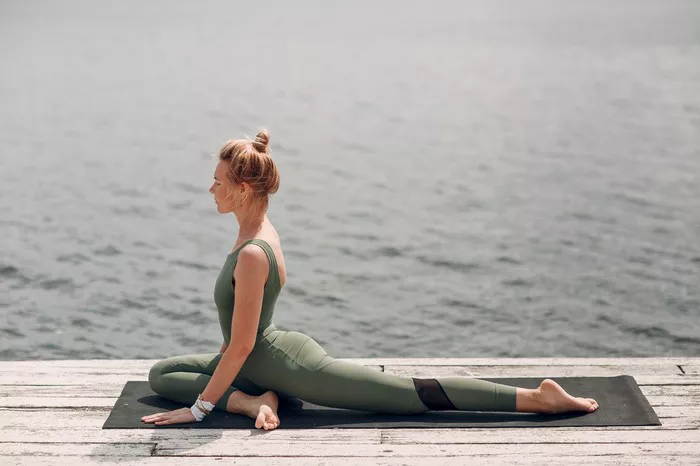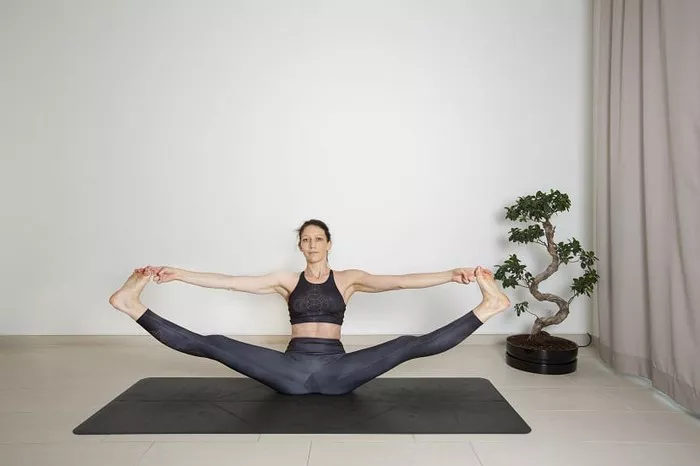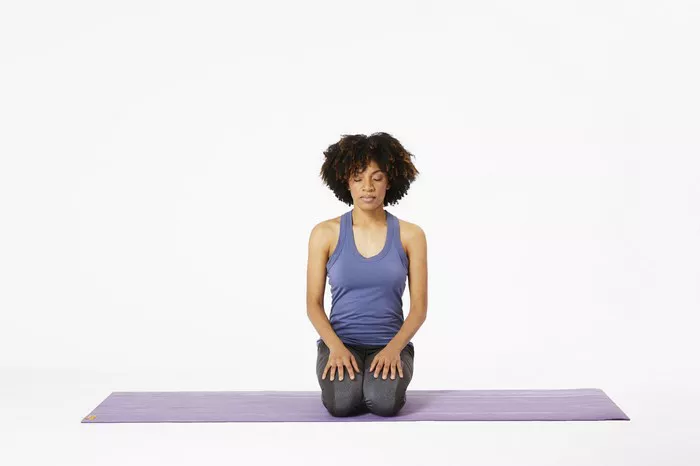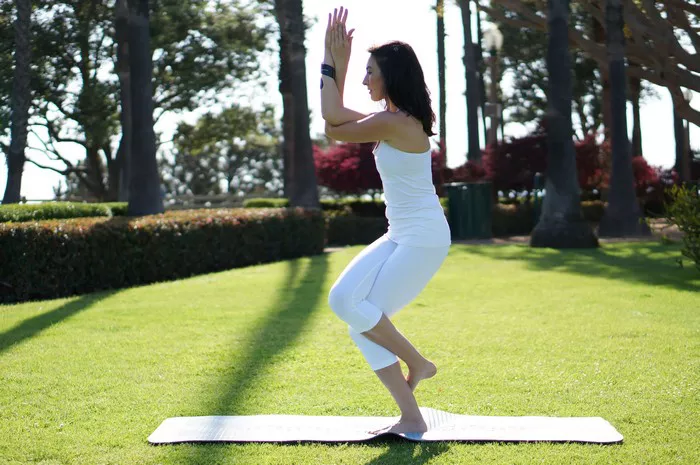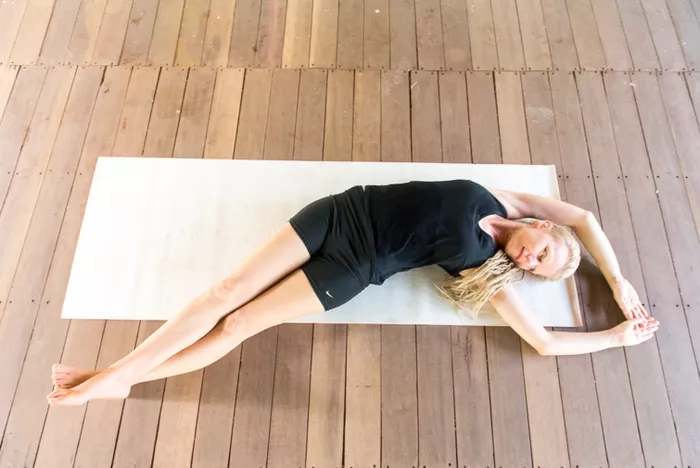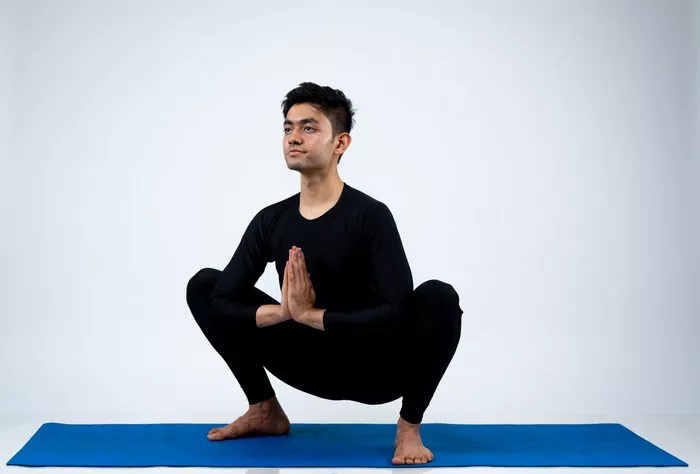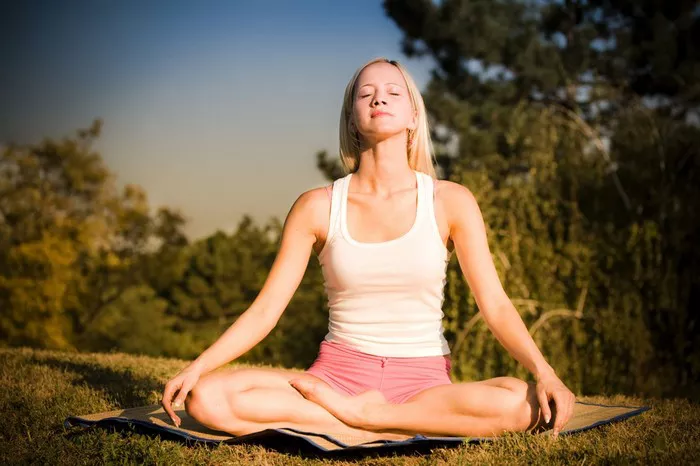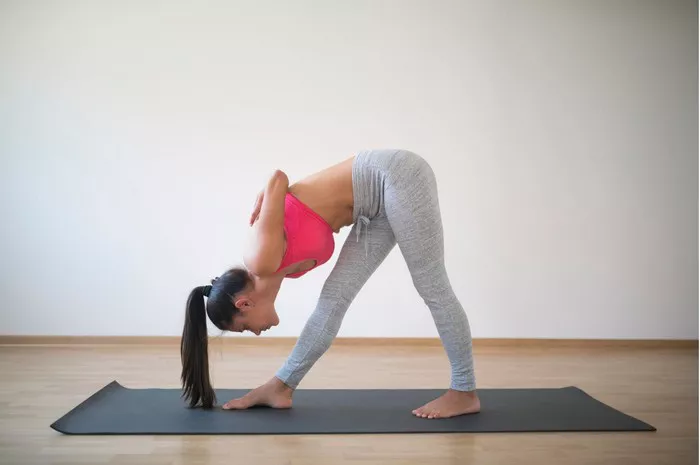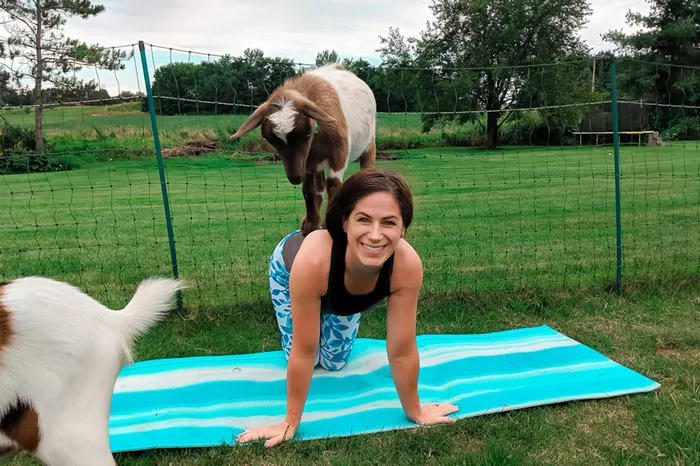Arthritis affects millions of individuals worldwide, limiting movement and causing chronic pain and inflammation in the joints. Managing arthritis requires a multidimensional approach, including medication, diet, lifestyle adjustments, and physical activity. Among the various forms of exercise available, yoga has garnered attention for its potential therapeutic benefits. Specifically, Iyengar yoga stands out for its precise alignment and use of props, making it accessible to individuals with limited mobility. This guide explores whether Iyengar yoga is good for arthritis, supported by evidence, expert recommendations, and user experiences.
What is Iyengar Yoga?
Iyengar yoga is a form of Hatha yoga developed by B.K.S. Iyengar. It emphasizes precision, alignment, and timing in each posture. Unlike other forms of yoga that may involve fluid, fast-paced sequences, Iyengar yoga focuses on holding poses for extended periods with the help of props like blocks, straps, chairs, and bolsters. These tools allow practitioners to adapt the poses to their own level of ability, which is particularly beneficial for those with chronic conditions such as arthritis. The structured nature of Iyengar yoga creates a safe environment that can help build strength, flexibility, and balance without exacerbating joint pain.
Understanding Arthritis and Its Challenges
Arthritis is not a single disease but a term referring to joint pain or joint disease. The most common types include osteoarthritis, rheumatoid arthritis, and psoriatic arthritis. Each type affects the joints in different ways, but they share common symptoms such as pain, stiffness, swelling, and reduced range of motion. These symptoms can severely limit daily activities and reduce the quality of life. Physical activity, especially when tailored to an individual’s limitations, is crucial in managing arthritis. However, the wrong type of exercise can worsen symptoms. Therefore, selecting a safe and supportive practice like Iyengar yoga is essential for those with arthritis.
Benefits of Iyengar Yoga for Arthritis
- Improved Flexibility: Regular Iyengar yoga practice can help improve joint flexibility. The use of props ensures that individuals can perform stretches safely without overexerting their joints.
- Enhanced Strength: Holding postures helps in building muscle strength, which supports the joints and reduces the load on them. Strengthening surrounding muscles can alleviate some of the stress on arthritic joints.
- Better Posture and Alignment: Correct alignment reduces strain on the joints. Iyengar yoga’s focus on precision helps practitioners avoid movements that could worsen their condition.
- Pain Reduction: Several studies suggest that consistent yoga practice may reduce pain perception in arthritis patients by promoting relaxation and releasing endorphins.
- Increased Body Awareness: Iyengar yoga teaches mindfulness of body positioning, which helps in identifying and correcting movement patterns that contribute to joint stress.
Scientific Evidence Supporting Yoga for Arthritis
Several clinical studies and reviews have examined the role of yoga in arthritis management. One of the most comprehensive studies published in the Journal of Rheumatology found that yoga improved physical health, psychological well-being, and quality of life among patients with arthritis. Iyengar yoga, in particular, was highlighted for its safety and effectiveness due to its adaptive methodology.
Another study conducted by Johns Hopkins Arthritis Center showed that participants practicing yoga experienced a 20% improvement in physical health markers, including flexibility and walking speed, and a reduction in joint swelling and tenderness. These studies indicate that Iyengar yoga is not just a complementary practice but a valuable component of an integrated arthritis management plan.
Why Iyengar Yoga is Safer for Arthritis Patients
Unlike vigorous forms of yoga that require intense physical activity and advanced flexibility, Iyengar yoga is structured to accommodate individual limitations. The use of props allows people to maintain poses without strain. For example, a person with knee arthritis can use a chair to support a seated posture, thus eliminating stress on the joints. Instructors are trained to provide modifications and to observe body mechanics carefully, ensuring that students maintain correct posture throughout the class. This attention to detail minimizes the risk of injury and makes Iyengar yoga a safer option for arthritis patients.
Common Iyengar Yoga Poses Beneficial for Arthritis
Here are some common Iyengar yoga poses that can benefit individuals with arthritis:
- Tadasana (Mountain Pose): Helps with posture and balance.
- Supta Baddha Konasana (Reclining Bound Angle Pose): Opens the hips and relieves lower back tension.
- Setu Bandha Sarvangasana (Bridge Pose): Strengthens the lower back and thighs.
- Viparita Karani (Legs-Up-The-Wall Pose): Promotes relaxation and reduces swelling in the legs.
- Adho Mukha Svanasana (Downward-Facing Dog) with props: Enhances flexibility and strength in the shoulders and spine.
Each of these poses can be modified with props, allowing even beginners or those with severe arthritis to participate without discomfort. It is advisable to practice under the supervision of a certified Iyengar yoga instructor, especially in the initial stages.
Considerations Before Starting Iyengar Yoga
Before beginning an Iyengar yoga program, individuals with arthritis should consider the following:
- Consult Your Physician: Always get medical clearance before starting any new form of exercise, especially if you have severe arthritis or joint damage.
- Choose a Certified Instructor: Look for teachers who are certified in Iyengar yoga and have experience working with individuals with chronic conditions.
- Start Slow: Begin with gentle poses and shorter sessions. Gradually increase the duration and complexity as your body adjusts.
- Listen to Your Body: Discomfort is acceptable, but pain is not. Learn to distinguish between the two and avoid pushing yourself too hard.
Creating a Sustainable Practice
A successful yoga practice is one that is sustainable. For individuals with arthritis, this means practicing consistently but without causing fatigue or pain. Iyengar yoga encourages a mindful approach, which promotes long-term commitment. Scheduling regular classes, setting achievable goals, and incorporating rest days are all vital for maintaining a balanced routine. Keeping a journal to track your progress and any changes in symptoms can also be motivating and help identify what works best for your body.
Integrating Iyengar Yoga with Other Therapies
Iyengar yoga can be a powerful complement to other arthritis treatments such as physical therapy, medication, and dietary changes. It offers a holistic approach that addresses both physical and emotional well-being. Practicing breathing techniques (pranayama) and meditation alongside physical postures can further enhance stress relief and pain management. Communication between your yoga instructor and healthcare provider can ensure that your exercise regimen aligns with your overall treatment plan.
Challenges You Might Face
Despite its benefits, starting an Iyengar yoga practice can come with challenges:
- Accessibility: Not all areas have certified Iyengar yoga instructors, though online options are increasingly available.
- Cost: Classes can be expensive, and props may add to the expense.
- Motivation: Keeping up with a regular practice requires discipline, especially when symptoms flare up.
- Misconceptions: Some may believe yoga is only for the young and flexible, but Iyengar yoga proves otherwise.
Addressing these challenges with practical solutions like attending community classes, buying budget-friendly props, and setting realistic goals can make the journey smoother.
Conclusion
Iyengar yoga offers a safe, structured, and effective way to manage arthritis. Its emphasis on alignment, use of props, and individualized approach make it ideal for people with limited mobility and chronic pain. While it is not a cure, it can significantly improve quality of life when integrated into a comprehensive treatment plan. With the right guidance and commitment, Iyengar yoga can be a valuable tool in your arthritis management strategy.
FAQs
Q1: Can Iyengar yoga cure arthritis?
No, Iyengar yoga cannot cure arthritis, but it can help manage symptoms like pain, stiffness, and reduced mobility when practiced regularly.
Q2: How often should I practice Iyengar yoga if I have arthritis?
It is generally recommended to practice 2-3 times per week, gradually increasing frequency as comfort and strength improve.
Q3: Are there any risks involved in practicing Iyengar yoga with arthritis?
When done under the guidance of a certified instructor, the risks are minimal. However, it’s important to avoid pushing into pain and always use props as needed.
Q4: What if I can’t get on the floor due to joint pain?
Iyengar yoga offers chair-based and wall-supported variations of many poses, allowing people with severe joint issues to participate comfortably.
Q5: Is it okay to do Iyengar yoga during an arthritis flare-up?
During a flare-up, it’s best to focus on gentle restorative poses and avoid any strenuous activity. Always listen to your body and consult your healthcare provider.
Related Topics:

